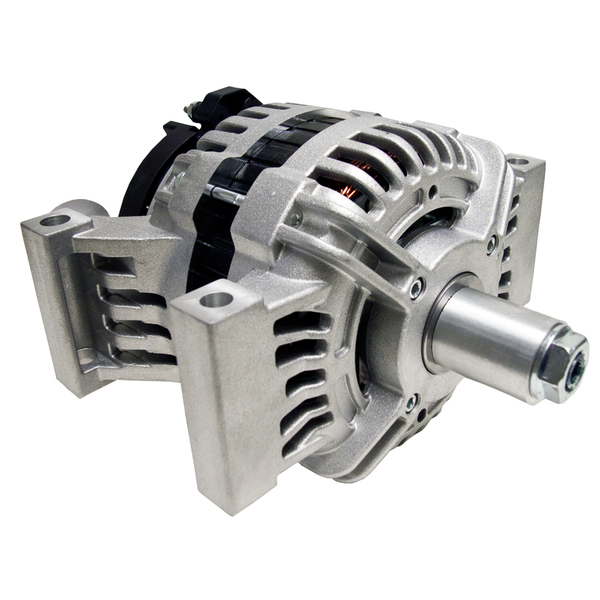Need help? We're here!
(888) 312-8812 Login SignupCores and Remanufactured Parts
November 29, 2022

Remanufacturing – the process of turning a non-functioning used part, known as a core, into a high-quality finished product – is gaining renewed momentum throughout the commercial vehicle industry.
Today, with ongoing supply chain issues impacting parts supplies, it can sometimes be the only alternative for many fleet maintenance and service provider operations. Still, using cores to generate like-new parts can have value at any time.
Core benefits
The case for using existing cores to create a supply of remanufactured parts for both users and suppliers is compelling:
- Remanufacturers have the advantage of knowing a product’s performance, allowing them to address weaknesses with newer components and utilize design improvements to provide a product that is equal to or better than the original in terms of quality and performance. Some examples include plating parts that are prone to rust, using stronger materials to prevent a weak link in an assembly, or adding sensors for service alerts.
- Remanufacturing renews the life of a core several times before it ends up in a landfill or recycling. The process supports sustainability while helping fleets make effective reman and built parts choices that deliver lasting value.
- The process allows remanufacturers to offer products that may no longer be in production.
- Remanufactured parts can be available at a discount compared to the cost of a new original item.
- Remanufacturers can offer the same warranty on a remanufactured part as they do on a new original equipment part.
Working with the right suppliers
Not all core exchange programs or remanufactured items are equal, so working with a reputable supplier is essential. In many cases, original equipment manufacturers offer programs.
Some core programs require a "like-for-like" exchange to receive credit toward a newly remanufactured part. In other words, fleets and service operations have to turn in the same brand and in some cases the same model. It’s also essential to determine if a remanufactured part will be provided based on a company’s core or another source.
With ongoing changes in procurement strategies, more fleets are moving outside traditional channels to find parts. This shift provides buyers with access to wider inventories and competitive pricing, while helping them remain operational despite supply chain constraints.
There are several common steps in a core exchange program:
- Customer purchases a remanufactured part
- Customer turns in the old core for credit
- The core is shipped to the remanufacturer
- The remanufacturer qualifies the core to determine if it is usable
- The customer is provided credit for the core
- Reusable core components undergo the remanufacturing process, which typically involves disassembling the old core, validating its components, cleaning, inspection, rebuilding, and quality checks.
Use your supplier resources
All core exchange programs have some common elements, but generally, they are all aimed at ensuring remanufactured items meet a supplier’s quality standards.
Reputable parts distributors have access to core exchange programs through their vendors and can be a valuable source of advice when it comes to making a core exchange decision. Fleets that rely on alternative parts sourcing methods can benefit from these programs while keeping costs manageable and operations efficient.
For greater efficiency and visibility, many maintenance teams are now integrating fleet management and supplier systems to track part usage, returns, and credits across multiple suppliers. Leveraging these digital systems improves workflow accuracy and ensures timely part replacements.
As e-commerce reshapes the commercial vehicle industry, adopting e-commerce technology as a competitive advantage enables suppliers and fleets to simplify ordering, manage inventory more effectively, and access remanufactured parts faster than ever before.
FinditParts is the largest single-source Internet distributor of heavy duty OEM and aftermarket parts. FinditParts is your partner in keeping your heavy duty truck on the road.



